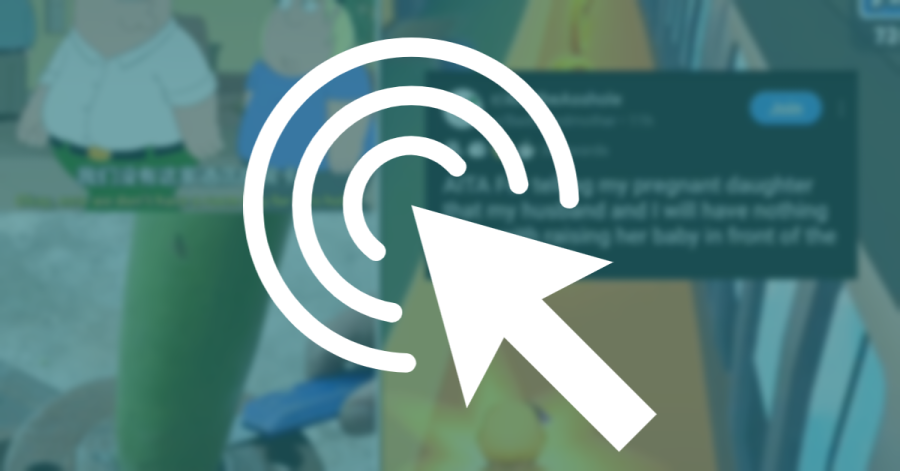The struggle to create anything in the age of content
April 17, 2023
When you scroll through Instagram or TikTok, you have this endless stream of content that is algorithmically wired to stimulate every dopamine receptor in your brain. You may see Dhar Mann videos with easily digestible moral lessons, people creating simple crafts and compilations of content stacked on top of subway surfers gameplay or funny “Family Guy” clips.
The entire world moved online during the COVID-19 pandemic. It [the Internet] became home to many people. Telework and general trends in the culture moved a lot of people into the space that Gen Z had already occupied. Social media platforms figured out how to keep these new users online for as long as possible by developing algorithms that either satiate very primal needs or act as confrontational as possible.
For artists, writers, music producers or anyone else who wants to create something and market it to the social sphere, there’s a huge push to shove everything that they create to online spheres and communities. The strange part is, it’s not going online to market the creator, but it forces the artist to become a “content creator.”
As someone who was trained traditionally in critical photojournalism and does nature photography on the side, being grouped into the term “content creator” feels somewhat demeaning.
All practitioners of all crafts have been put on the same playing field as short-form video creators who don’t have any sort of standards or ethics in what they create. They don’t necessarily have to abide by anything other than the algorithm.
I see a lot of obviously staged “gold digger” content on Instagram reels, particularly those in which women turn down men until they see their [the man’s] car. I’ll also see political content that’s very reactionary and usually not very grounded in truth. In these videos, they’ll [politicians] either target the trans community or poor people in some way that is funny so that they get a free pass from their audience. These videos get millions of views because the algorithm recognizes the most basic dopamine responses people will get out of viewing them.
Scrolling through Instagram reels or YouTube shorts will reveal the worst aspects of the human condition in modern society to any reasonable viewer, but to people trying to create art that isn’t easily monetizable, competing in these spaces feels nearly impossible.
Everything that requires any level of deeper thought, goes against the grain in a non-confrontational way or involves a niche issue will get suppressed by the algorithm.
This has created a new wave of artists whose work is completely based around the algorithm, and they’ve mastered it to the point where this lifeless work that says nothing while pretending to say a lot makes it to the top of the online world.
The trend isn’t necessarily bad, but it also incentivizes artists to flatten their work into the realm of “content.” I think there’s this very optimistic view of online life by millennials in particular who don’t see how, at least, our relationship with the Internet could damage our ability to create and communicate through art.
It’s not the fault of artists whom society and technology has evolved, but there must be some better way to incentivize and enable real art forms on these platforms. Part of this may have to be on behalf of these platforms in the form of adjusting their algorithms, and then part of it may be on users to differentiate content from meaningful creations.


